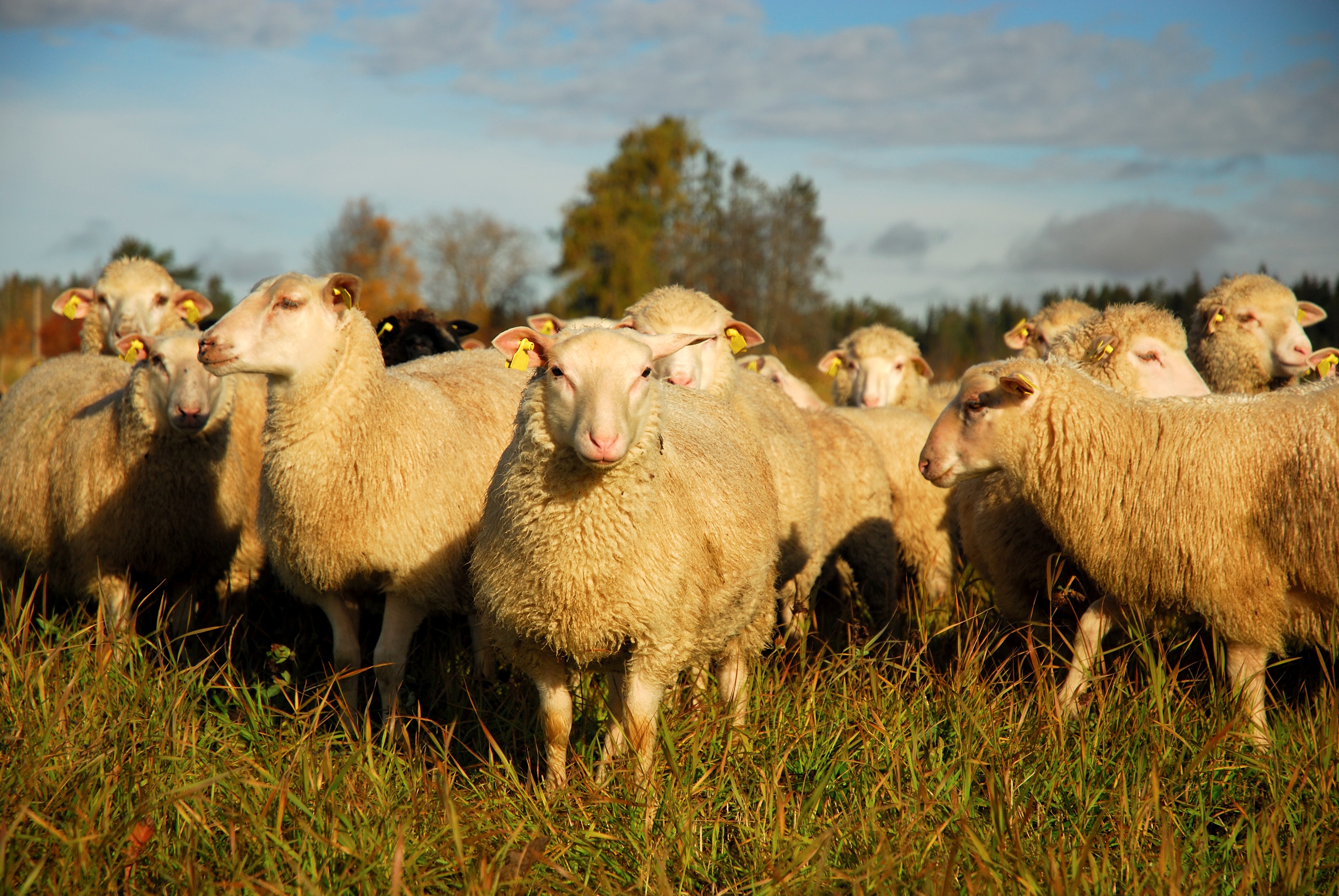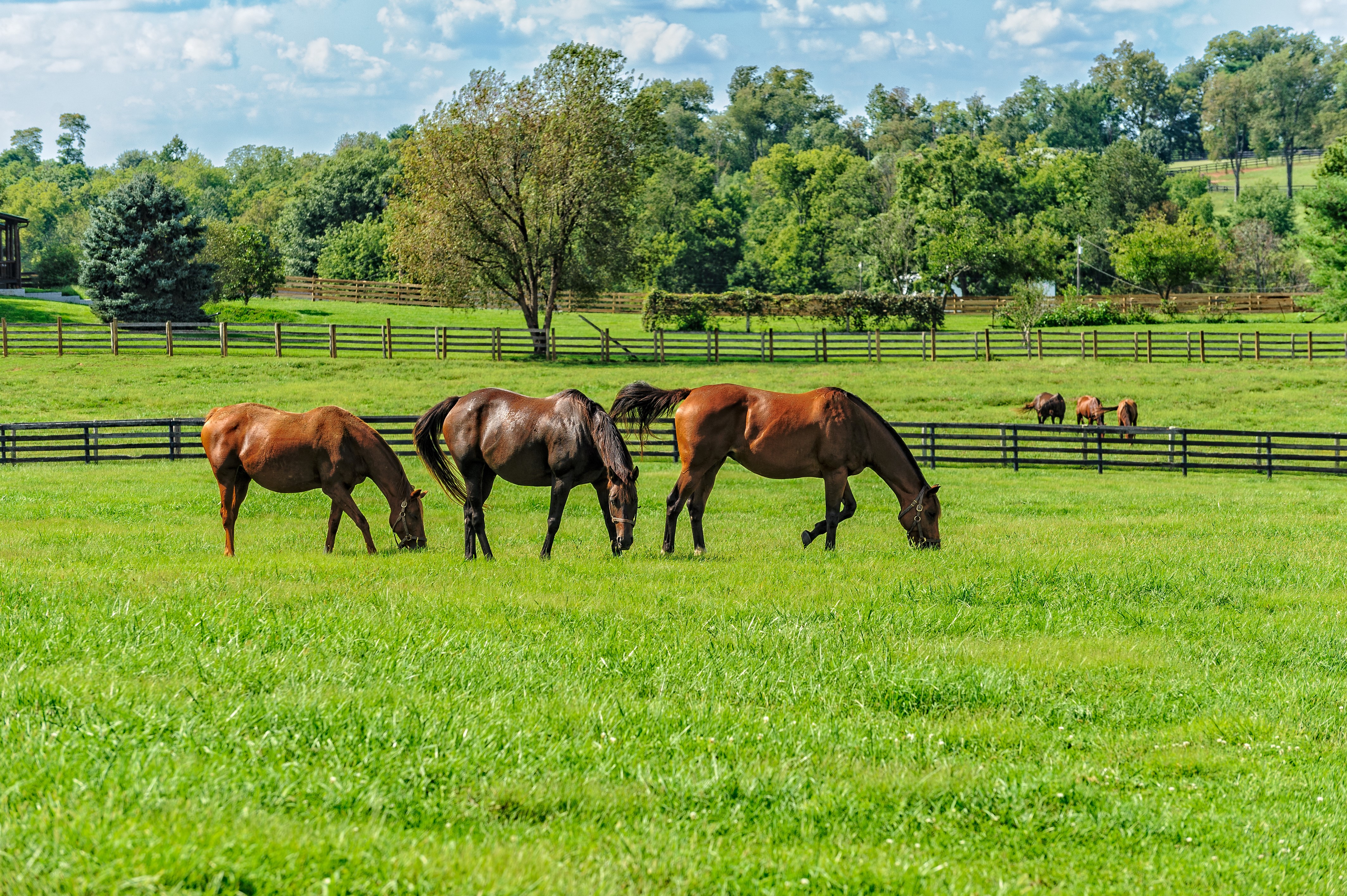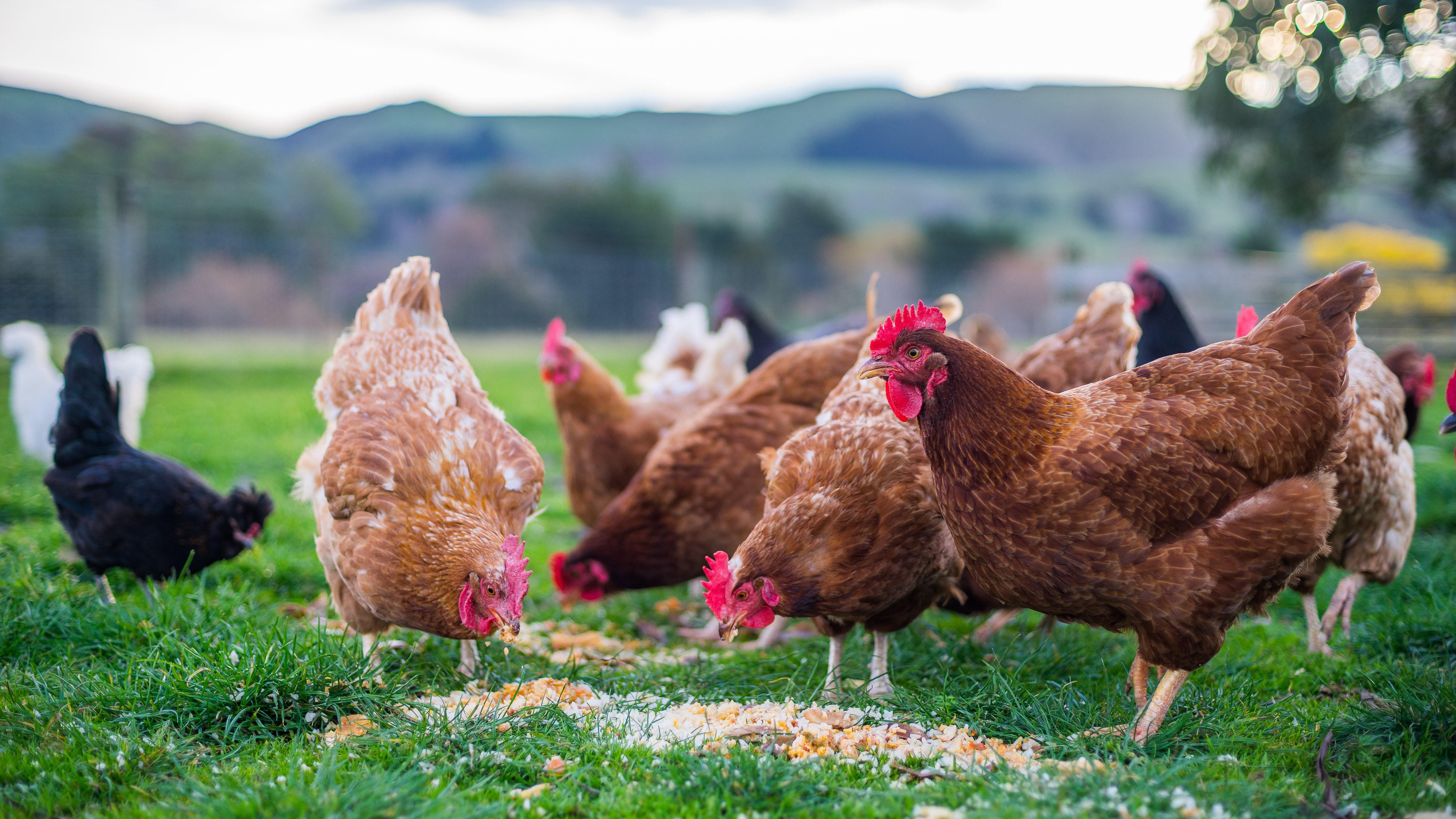Bluetongue Virus (BTV)
Disease Name: Bluetongue
Introduction and background:
Bluetongue is a viral disease of most domestic and wild ruminants such as cattle, sheep, goats, deer etc. Bluetongue virus (BTV) does not infect humans. Consequently, the disease has no public health significance. There is no risk of the disease being contracted or spread through meat or milk. Though Bluetongue has never been recorded in Ireland, it has been recorded in northern Europe, most notably in the Netherlands, Belgium, Luxembourg, Germany, France and Great Britain, meaning that there is an increased threat of the disease being introduced to Ireland. The virus is mainly transmitted by vectors (biting midges of the Culicoides species), although transplacental transmission (i.e. from the dam to the calf during pregnancy) has also been recorded in cattle in the case of serotype 8. Serotype-8 is of particular concern to Ireland, due to its geographical closeness (present in France), and also because the insect vector species that transmits serotype-8 are present in Ireland. Therefore if serotype-8 ever entered Ireland it could firmly establish itself in the insect vector population, making BT eradication more difficult. Those midges that spread infection are most active between April and November in Ireland and are commonly found around farms. Of the 16 most common midge species in Ireland, at least 8 are potential vectors for bluetongue. As the presence of the disease depends on the presence of the vectors, the disease is seasonal - mainly appearing between July and November.
Clinical Signs:
In many herds or flocks, only one or two animals may be affected. The following list summarises those clinical signs that one might expect to see in an animal with acute infection:
Cattle:
- Sores and crusts on the face and mouth
- Red eyes and excess tears
- Drooling
- Sores and crusts on the teats
- Lameness
- Drop in milk yield
- Weight loss
Sheep:
- Sores and crusts on the face and mouth
- Swollen face
- Frothing at the mouth
- Lameness
- Weight loss
- Off feed
- Sores and crusts on the teats
- Drop in milk yield
- Dullness
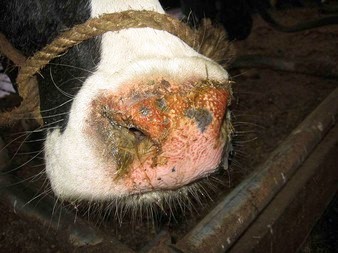
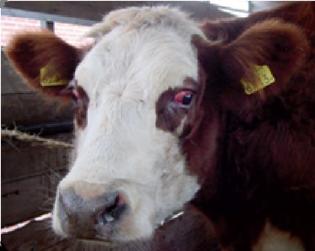
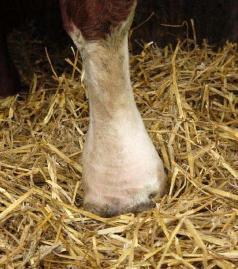
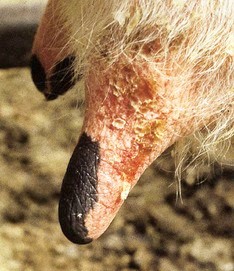
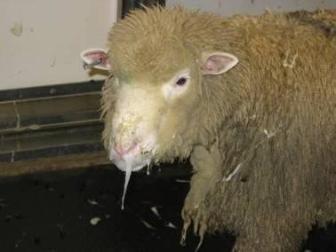
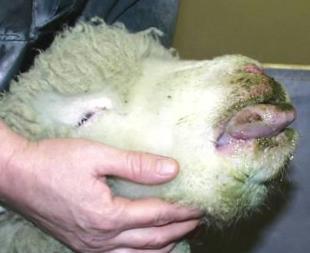
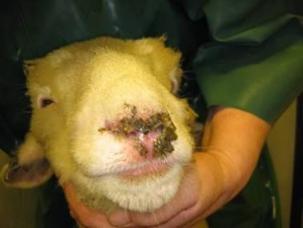
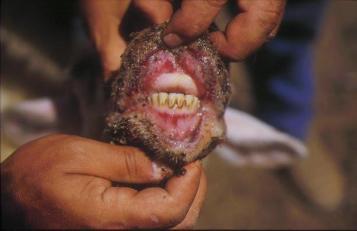
How to reduce the risk of infection :
- Anybody intending to import cattle or sheep from Europe should be familiar with the restrictions on importation from bluetongue restricted areas
- Assess carefully the risks associated with such imports in present circumstances.
- Any such imports will be tested for bluetongue on arrival and should be kept isolated from other animals until tests results are available.
- The same criteria should apply to the importation of semen or other biological products
